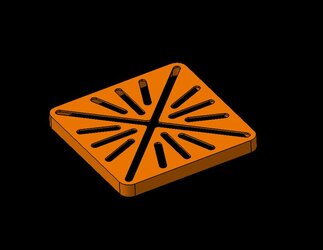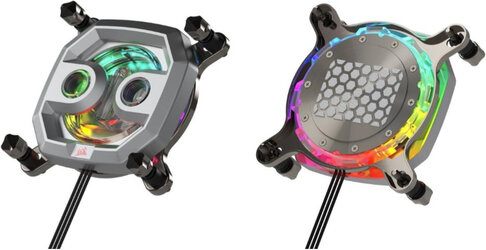This is why you normalize the testing temperature to a specific degree C. Say 22C.... then if your room goes from 22-24C during testing, you take 2C off. THis is how its been done since Skinee did it. 
What about the paste? Don't you need the temperature to measure the effectiveness of the paste/application?And we're also not talking about compairing x CPU temp to y CPU temp. Your completely missed the point. It's about paste. That's it. A test with the same system.

